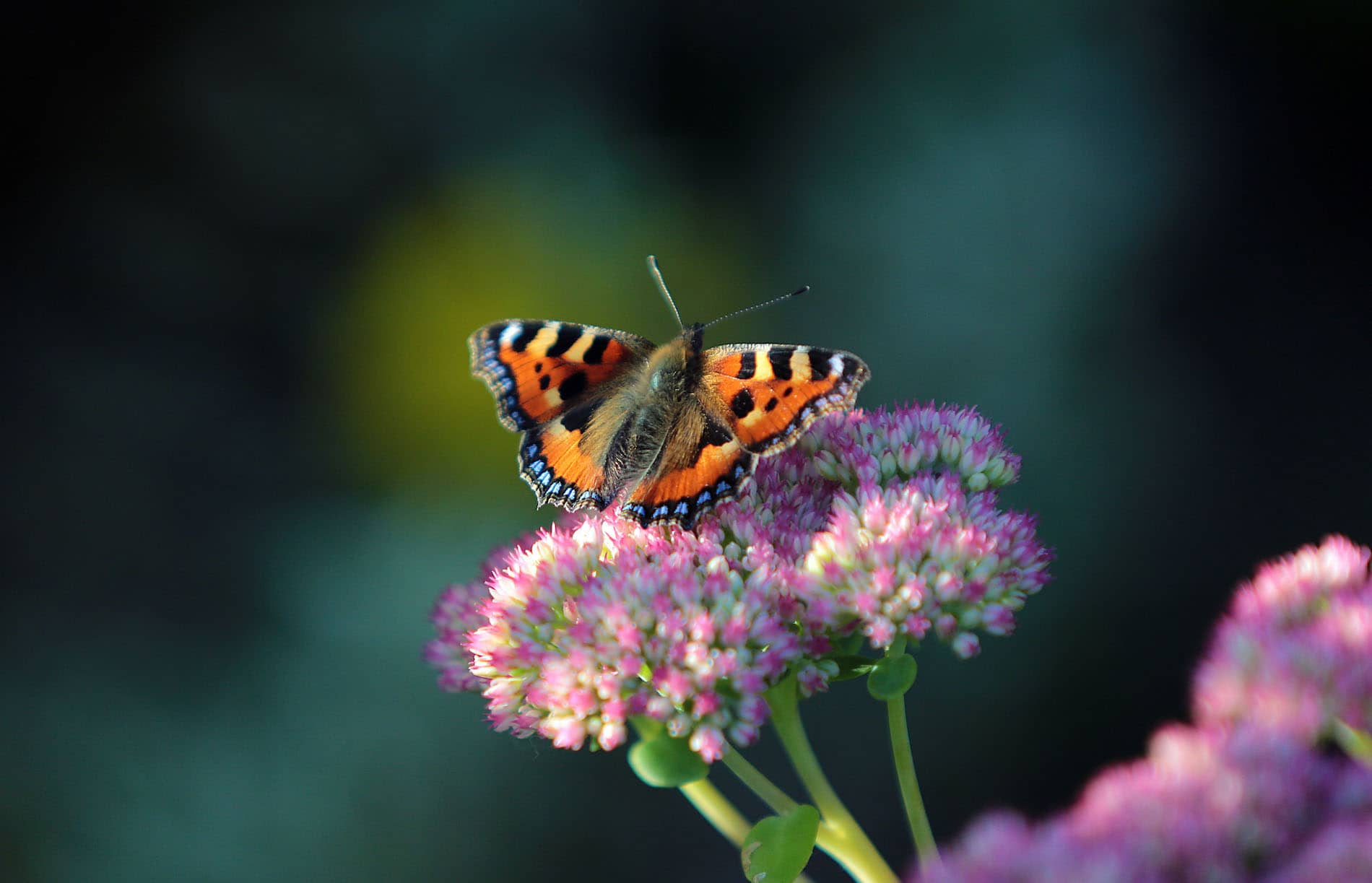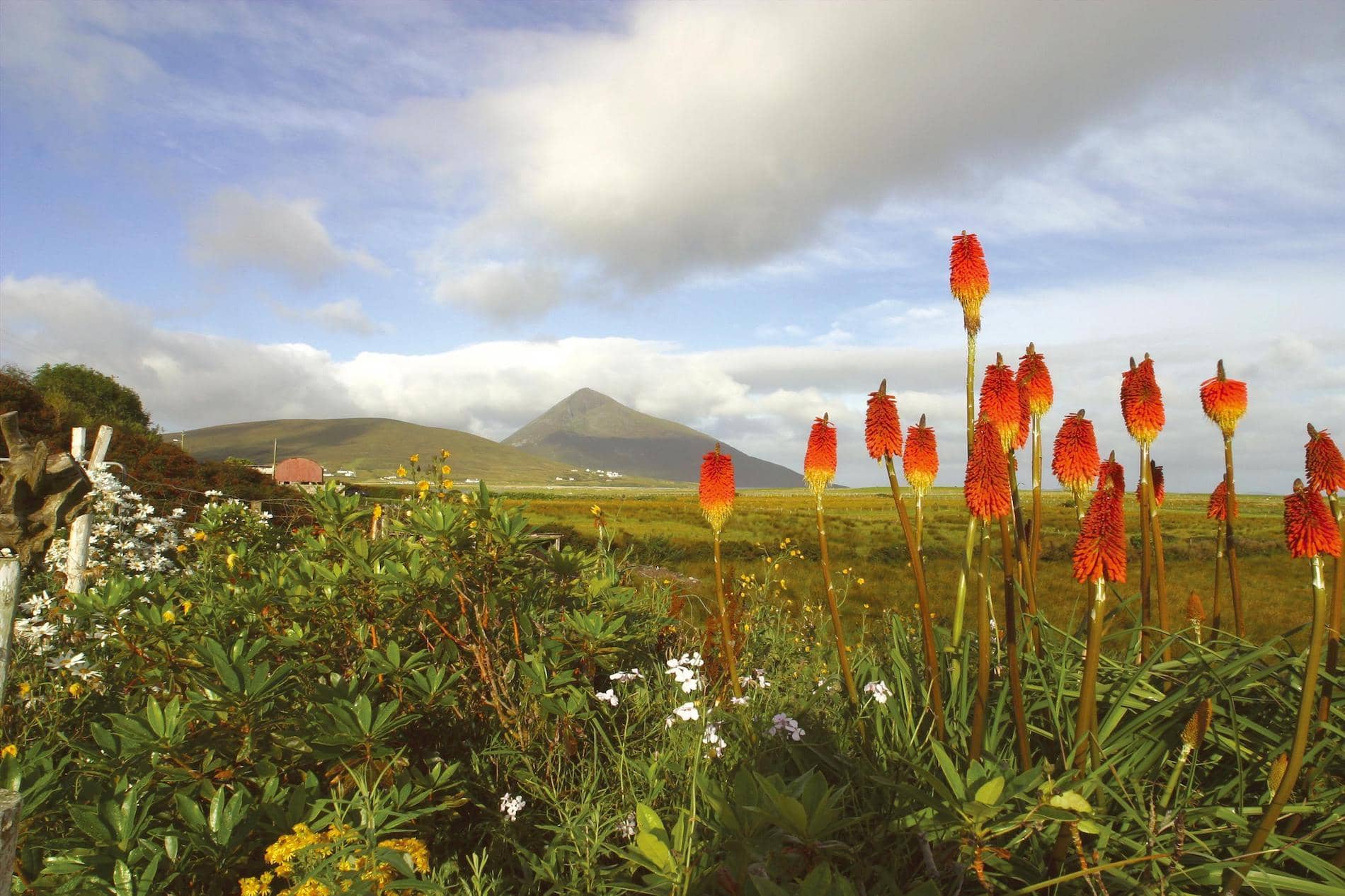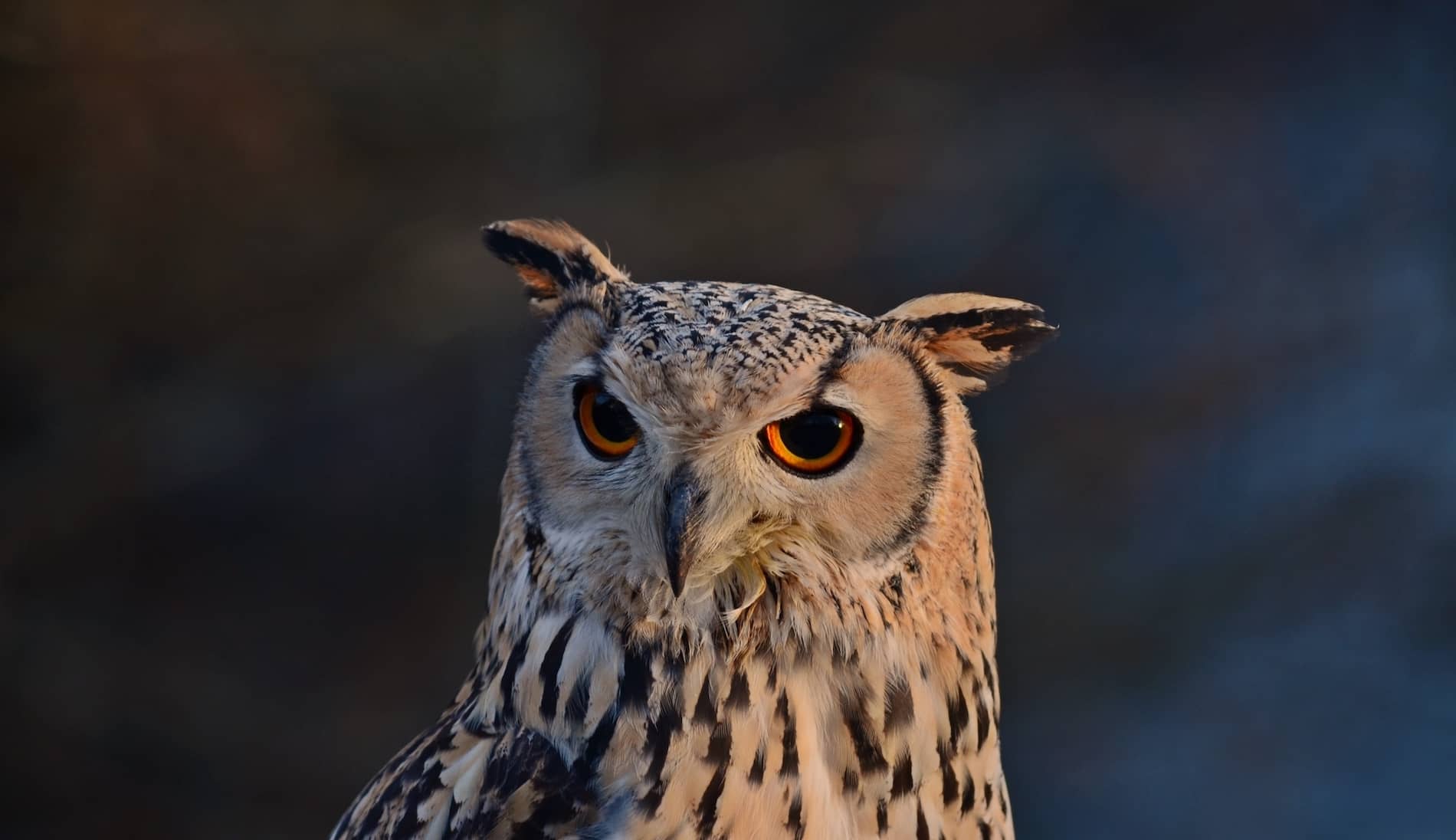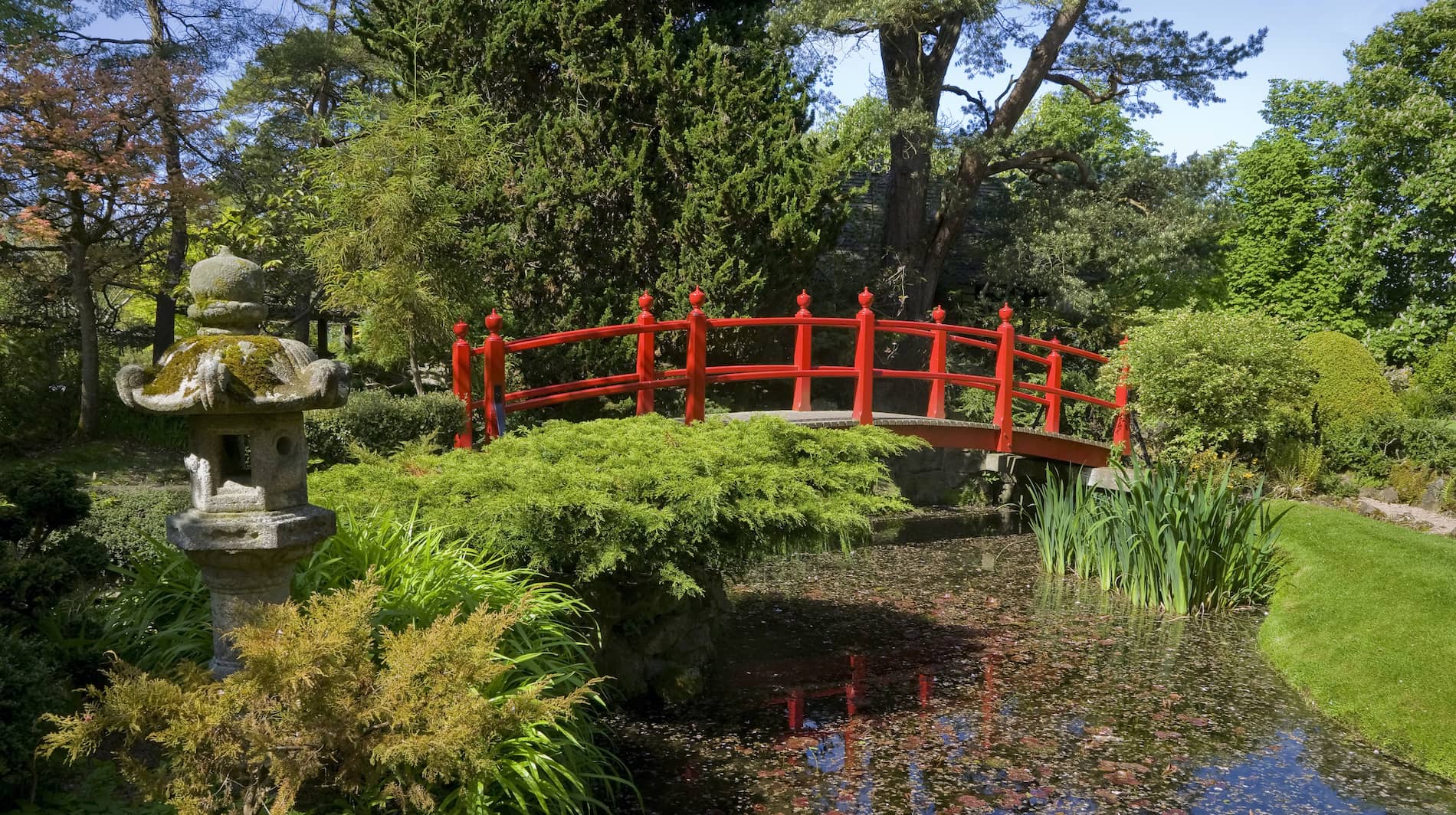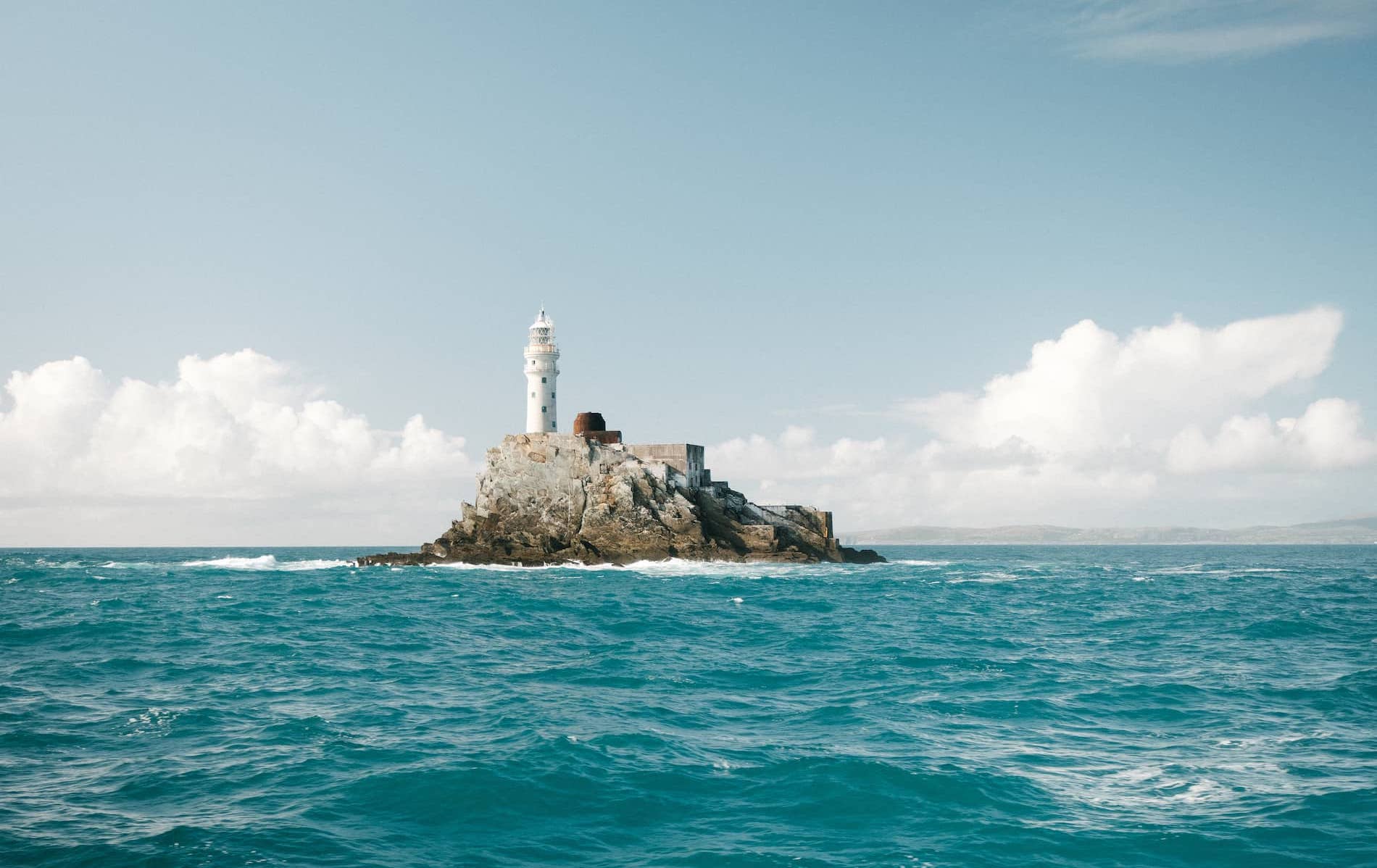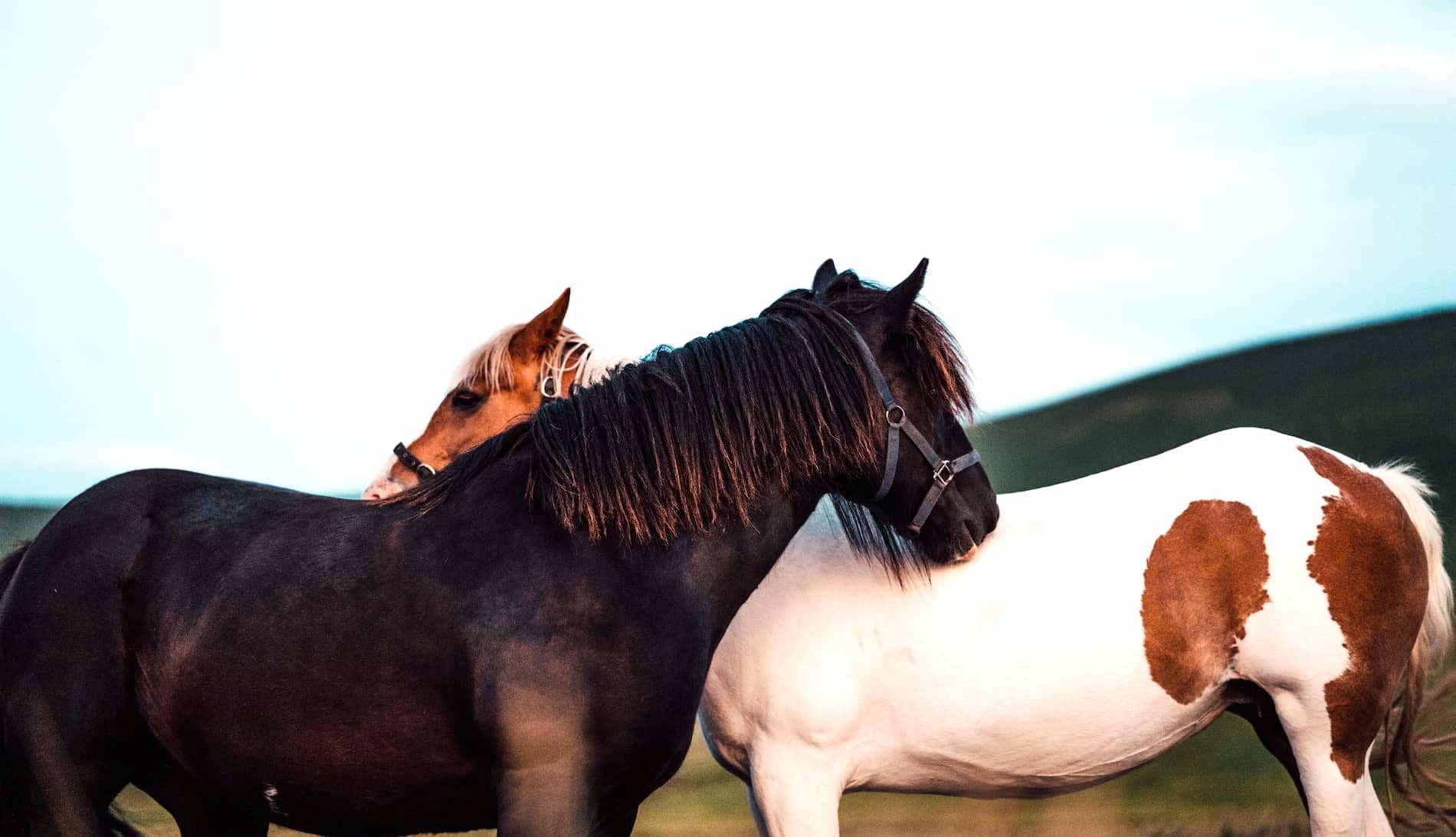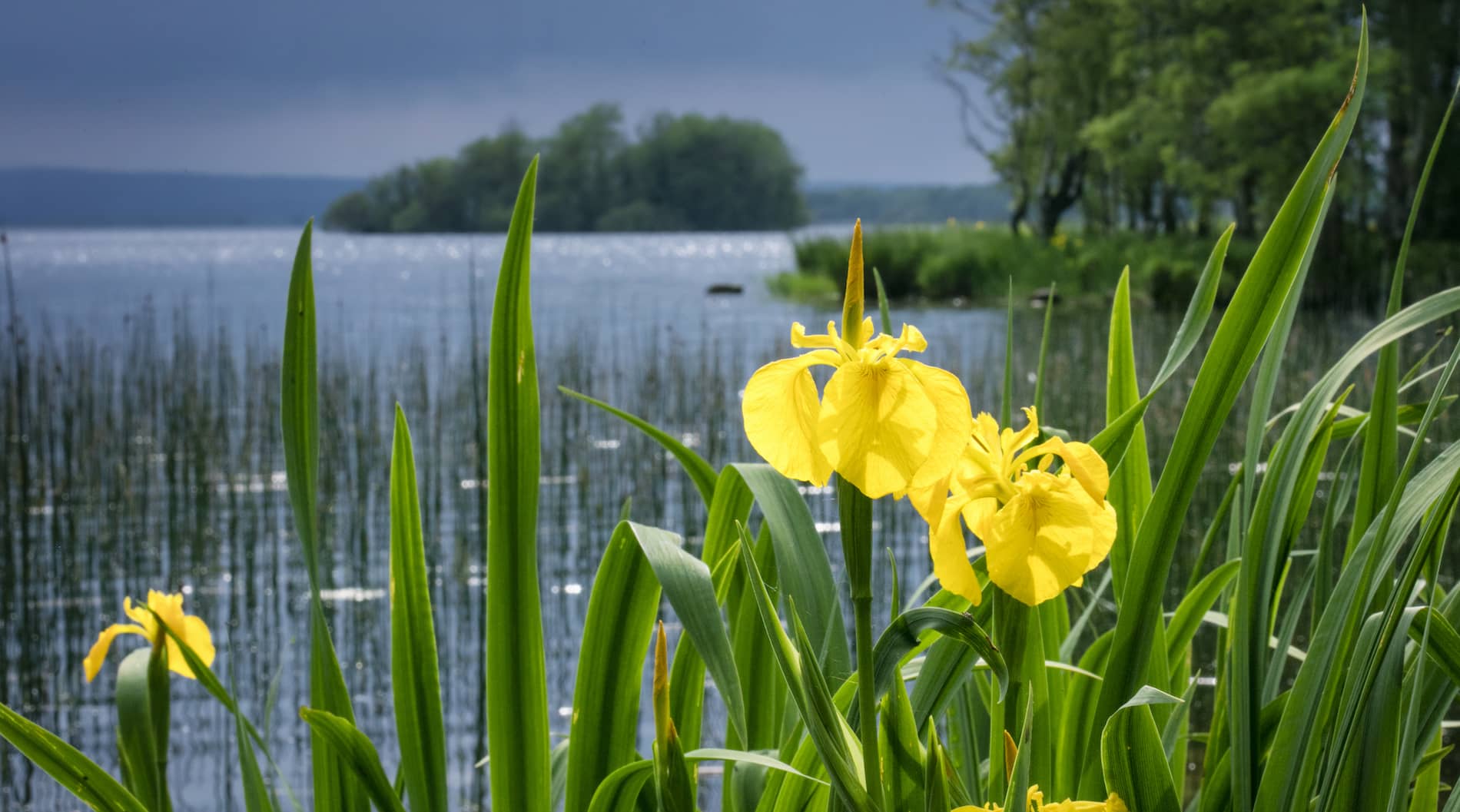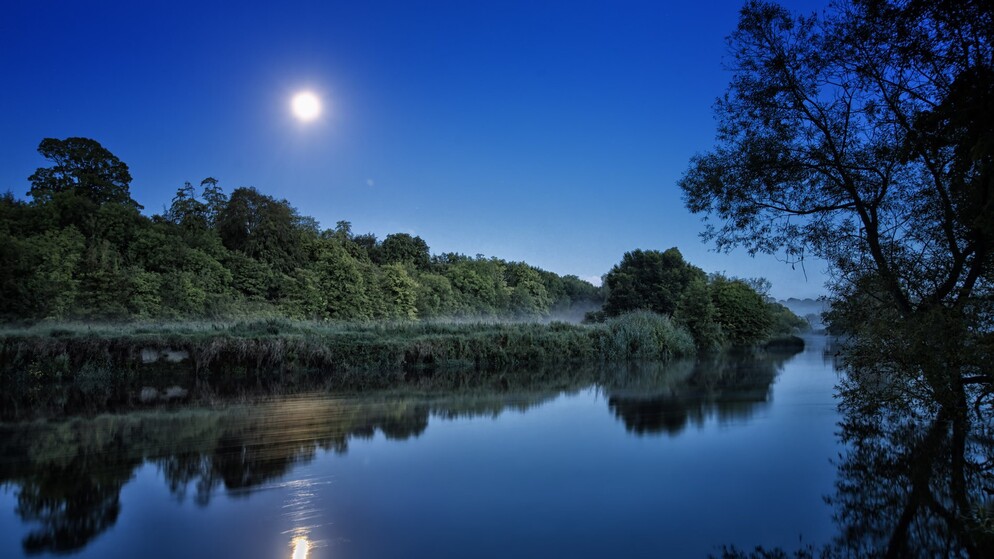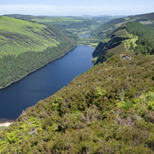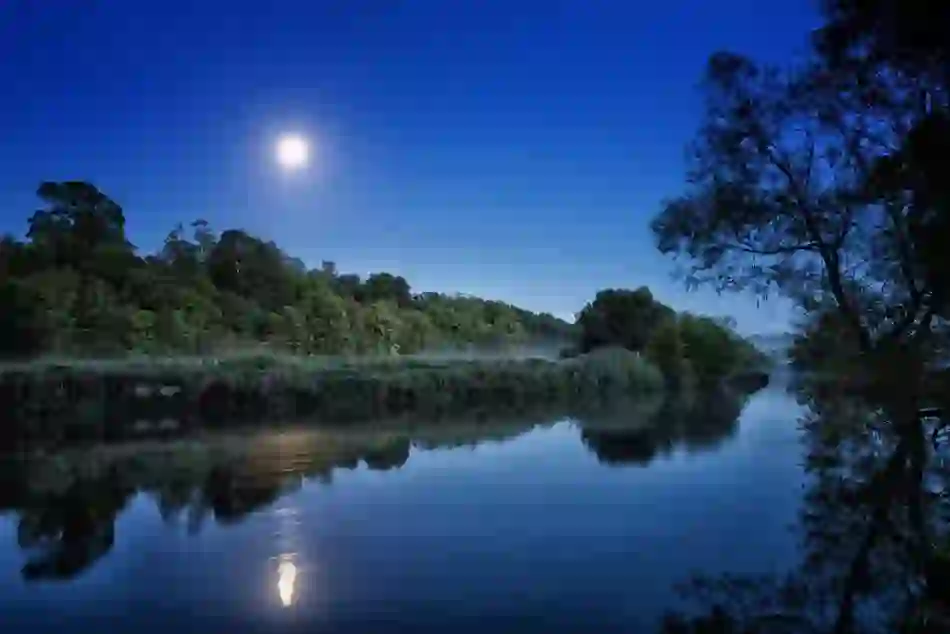
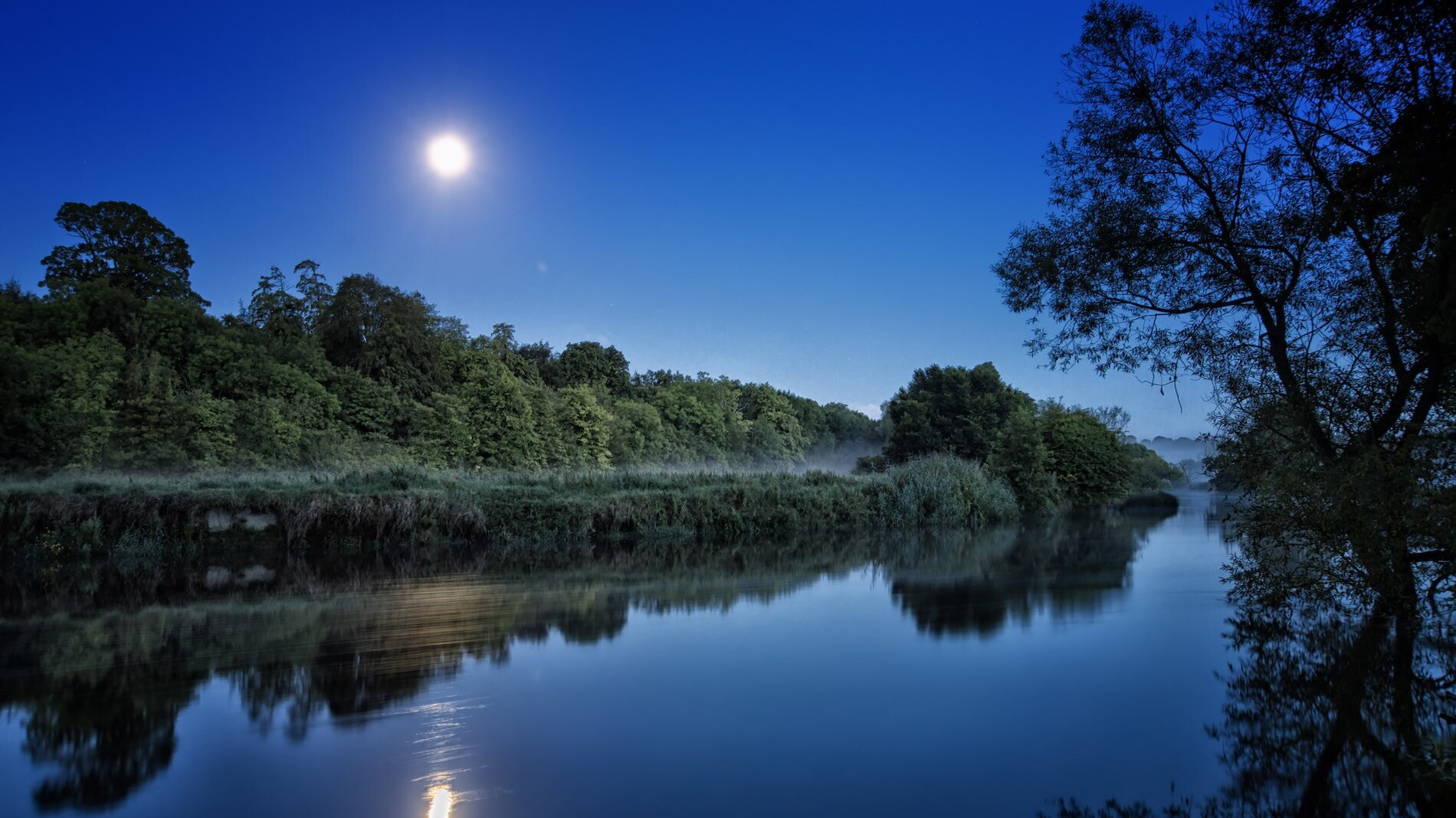
Explore Ireland's Ancient East on Dublin's doorstep



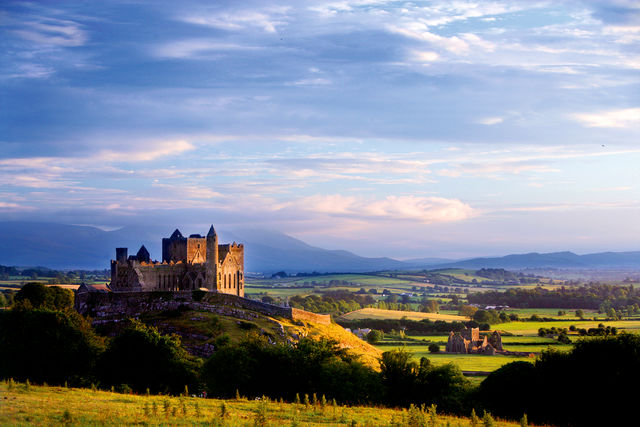

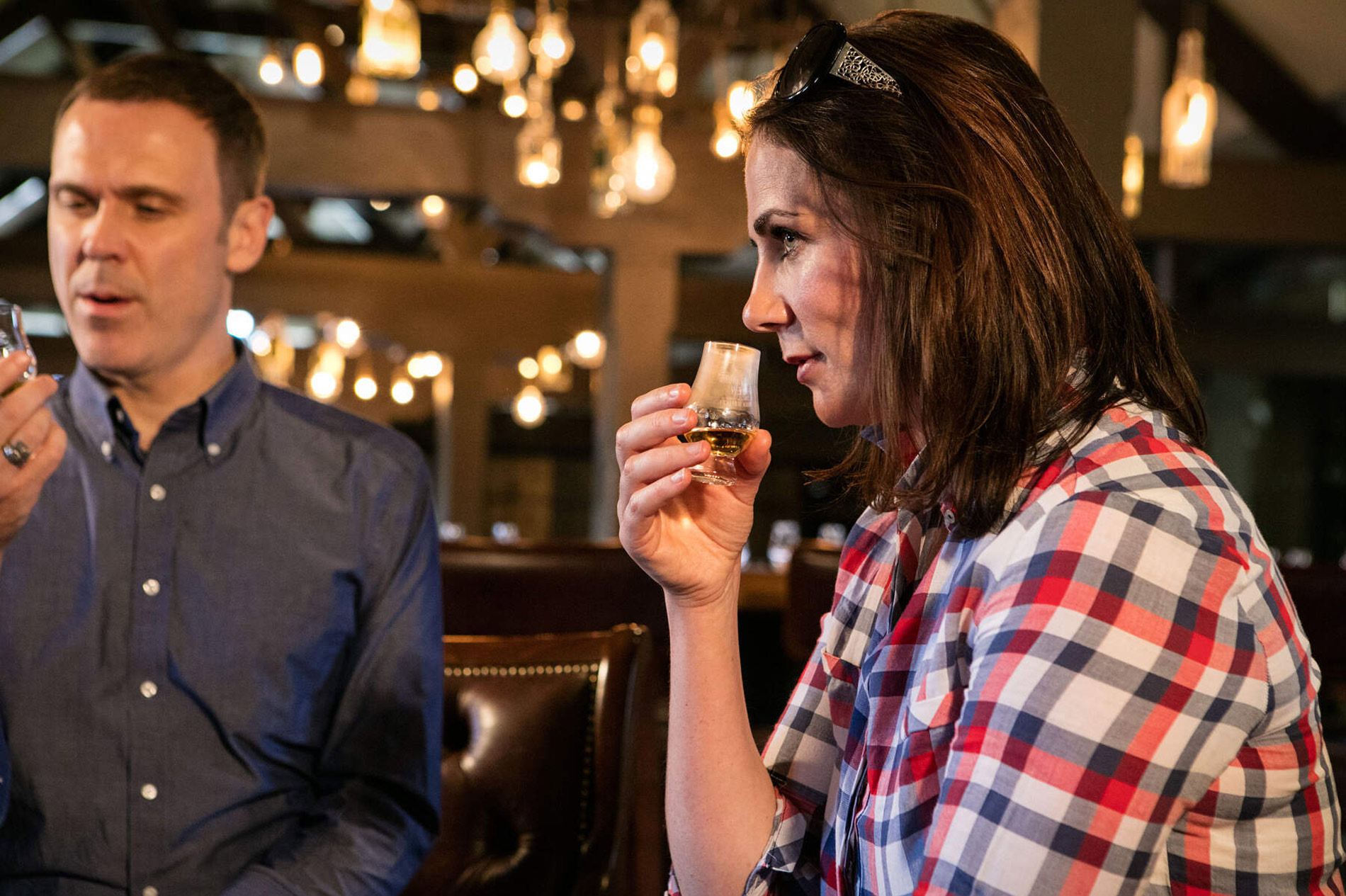
Cinematic – that's the only word to describe Ireland's Ancient East on Dublin's doorstep
Tales of love lost, ancient battles, invasion, rebellion, and magnificent beauty – the roots of Ireland's Ancient East run deep through counties Wicklow, Carlow, Laois, Tipperary, Kildare and Meath. Peel back the layers of 5,000 years of history with a trip outside the city limits.

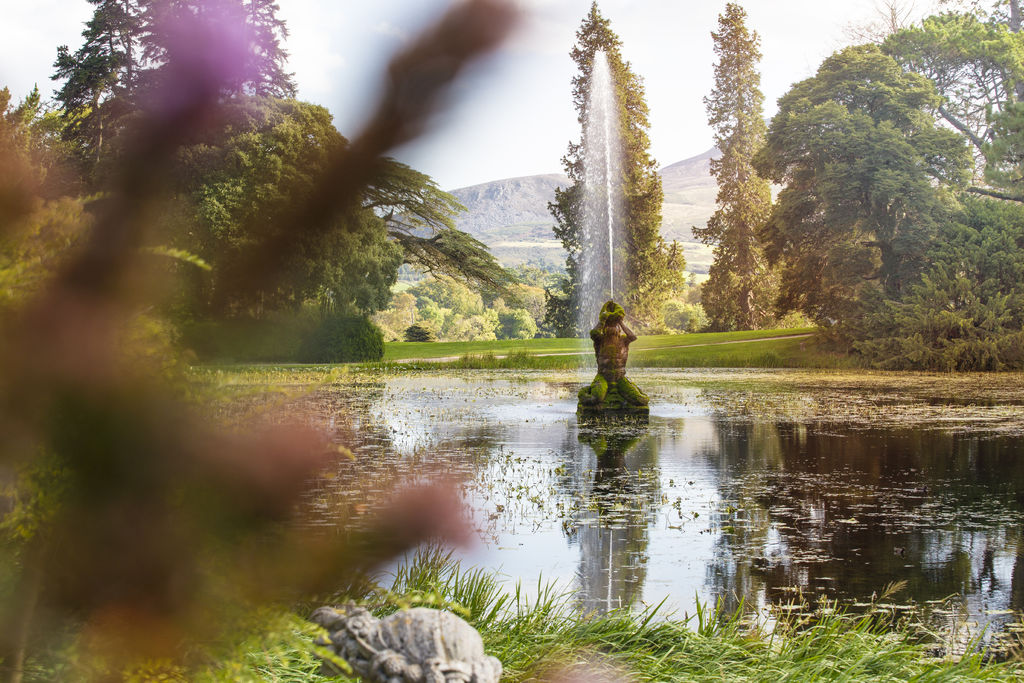
Day 1
Known as the Garden of Ireland, Wicklow combines immaculate estates with a rugged wilderness covered in green, for which Ireland is justly famous.
Explore Day 1The jewel in the crown
Powerscourt Estate and Gardens, County Wicklow

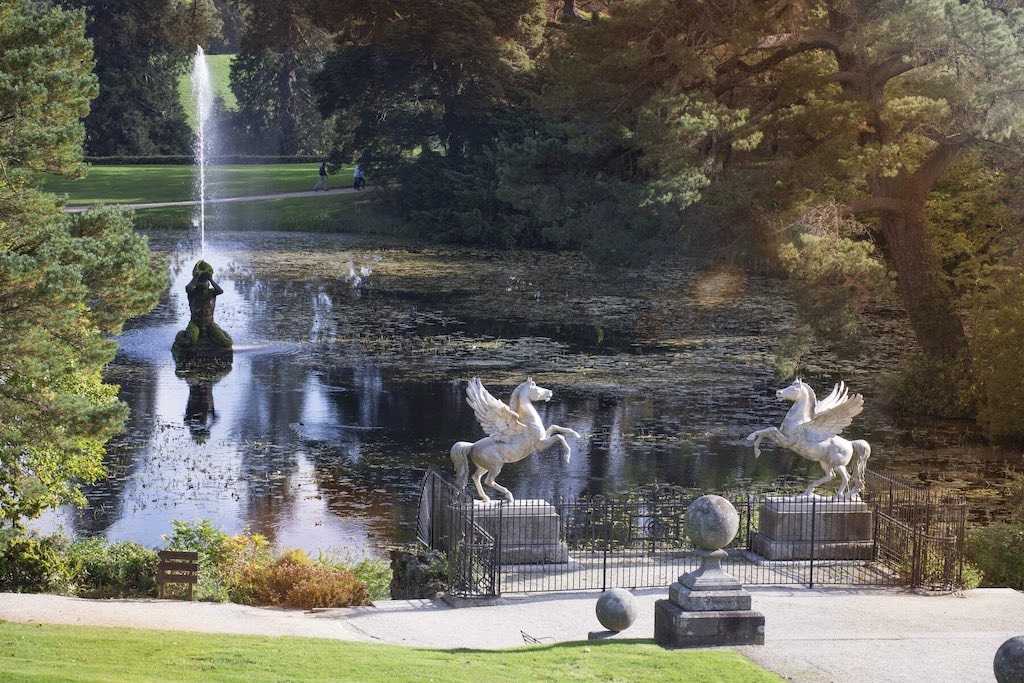
It's a reaction shared by most who visit Powerscourt – the gasp of delight as you turn the corner, and the full majesty of the estate opens up before you.
This 18th century mansion was designed to replicate the splendour of a Renaissance villa. Voted as one of the top three gardens in the world by National Geographic, the gardens burst with sprays of wildflowers and trees, and secret areas, such as the Japanese Garden, add something special to this slice of heaven in the Wicklow countryside.
Got the nibbles? The Avoca Terrace Café within Powerscourt House serves up delicious treats, looking out over the tumbling gardens.
17 km
A Hollywood heather trail
The Sally Gap, County Wicklow

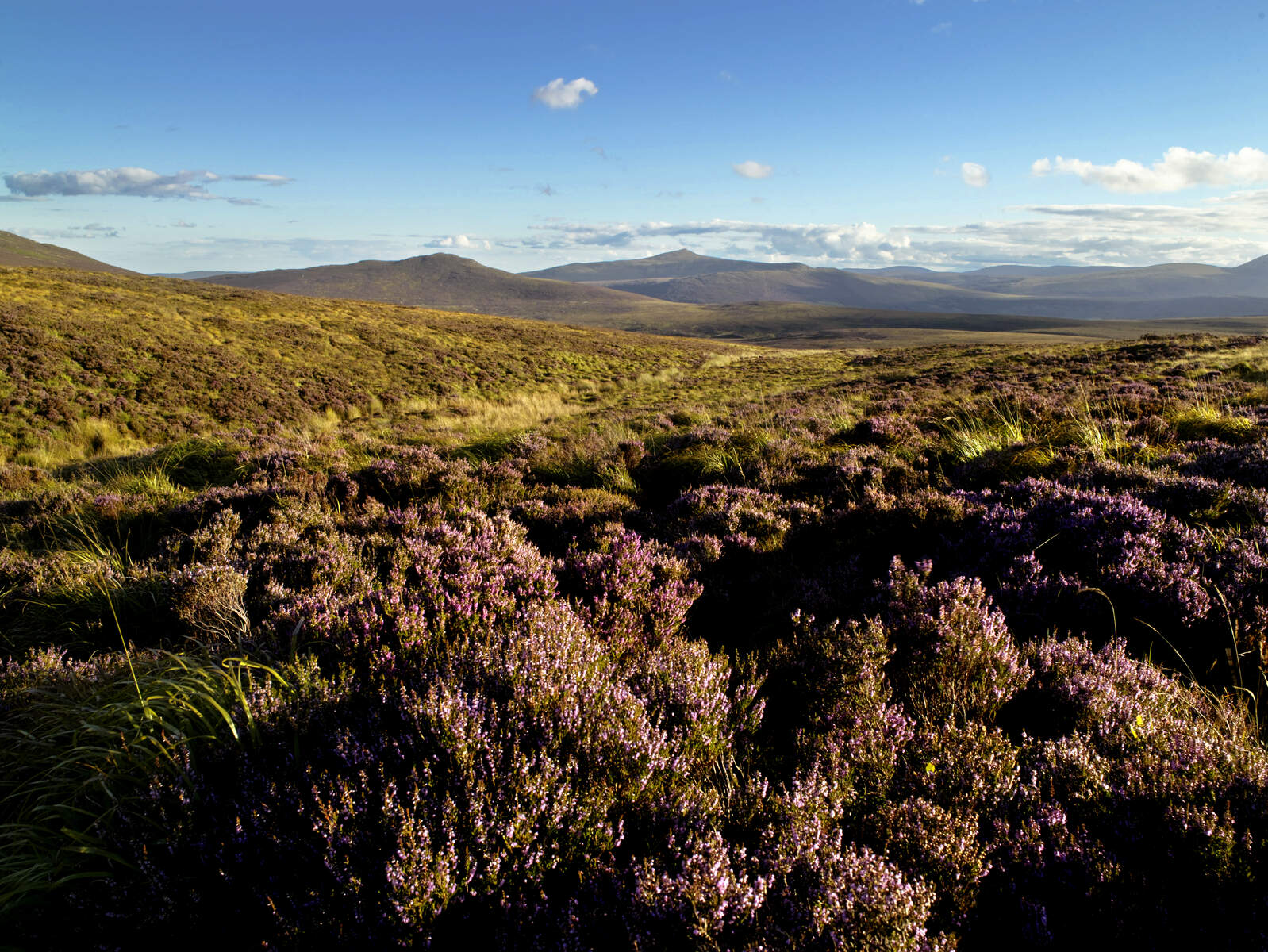
Passing through the dramatic Sally Gap, you'll soon figure out why this stunning mountain pass is beloved of Hollywood location scouts. The natural wonderland has featured in Braveheart, PS I Love You, Excalibur and many more. Check out the landscapes etched in hues of purple heather and yellow gorse.
Two more stops to watch for are the Glencree Visitor Centre, originally built to house soldiers guarding the pass (and now a centre for Peace and Reconciliation), and the Glencree War Cemetery, a resting place for German soldiers who died in Ireland. Stop along the Sally Gap at a lake made out of Guinness. Well... not really. But with its dark waters and creamy white sands, imported by the Guinness family to achieve the effect, Lough Tay does look like a massive pint of the black stuff!
23 km
Ancient tranquillity
Glendalough, County Wicklow

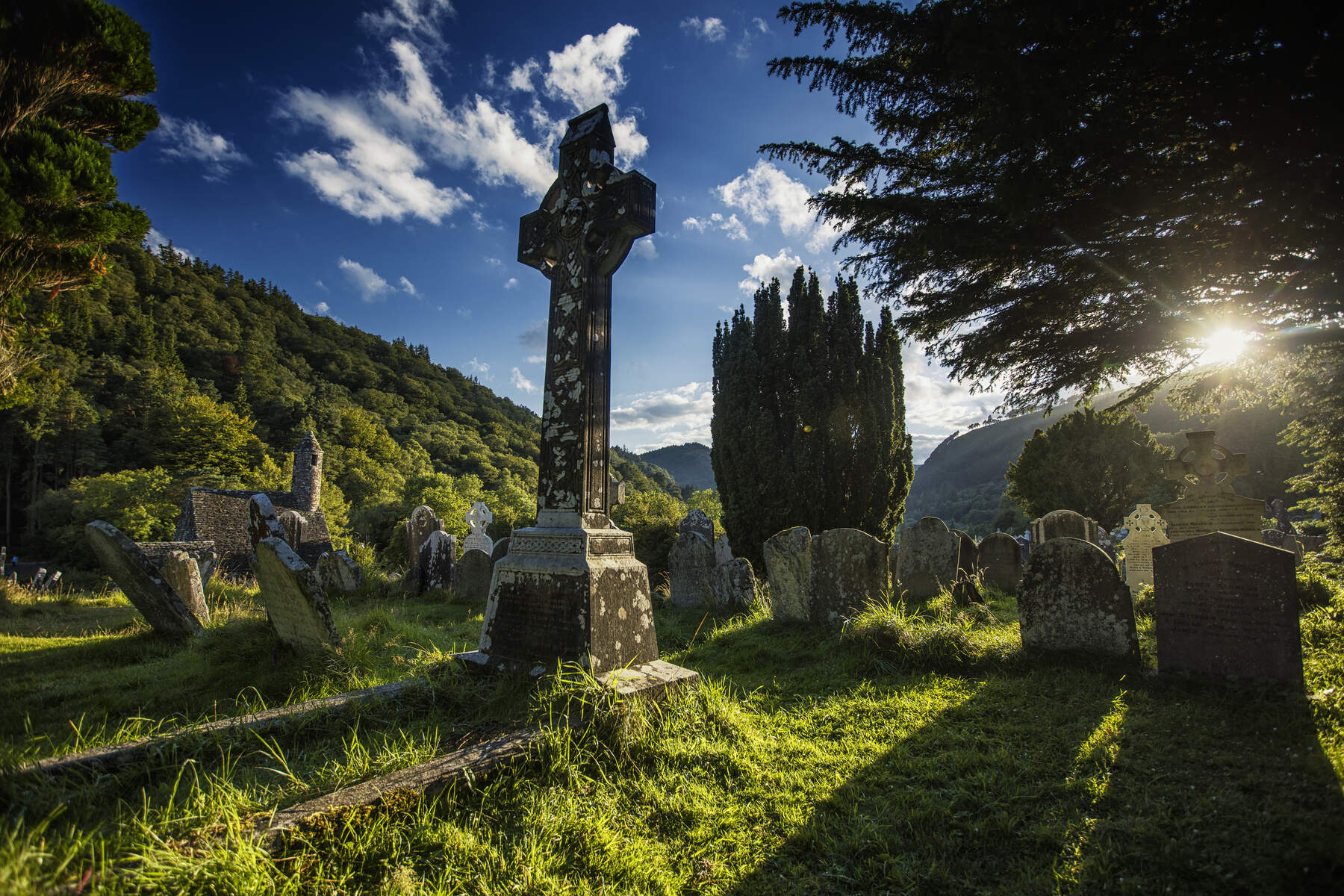
Travel from mountain to glen and down into a haven of serenity and peace at Glendalough, where a 6th century monastery presides over the valley. The twin lakes, glassy under the sun, provide the backdrop as you walk the trails – long and short – of Wicklow's National Park. Finish up with a mug of hot chocolate at the nearby Glendalough Hotel, or head to Wicklow town to enjoy a warm welcome and a veritable feast at Blue Seafood & Bistro Restaurant.

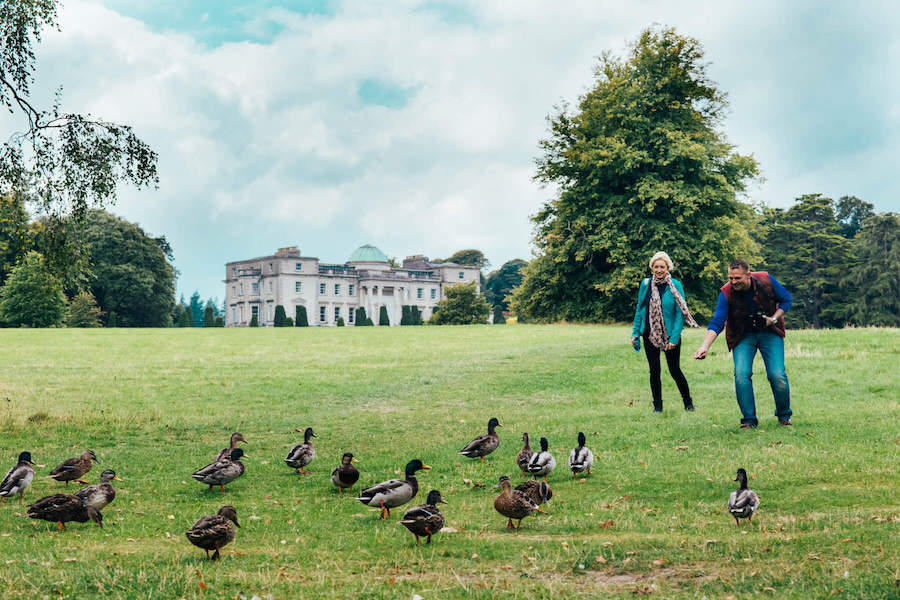
Day 2
From dramatic ruins overlooking Ireland's Golden Vale, to sightings of banshees and conversions to Christianity, our trail continues on an incredible rollercoaster through history.
Explore Day 2Towers filled with torrid tales
Duckett's Grove, County Carlow

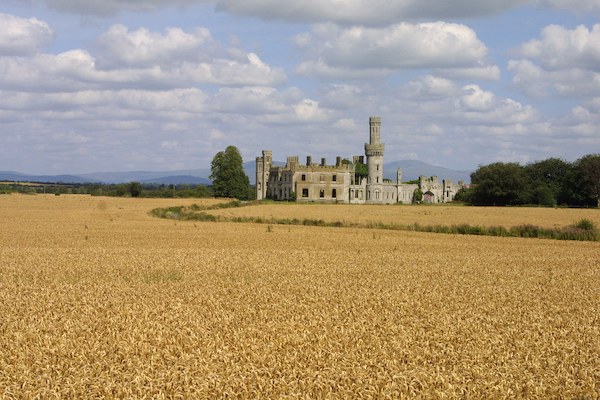
Destroyed by fire in the 1930s, the 19th century castle of Duckett's Grove still retains its glamour and beauty. If the impressive jumble of turrets and towers here could talk, what tales they could tell – including the sad story of a daughter so estranged from her mother that her inheritance consisted of just an "angry shilling!"
Oh, and did we mention the ghost of a banshee (an ancestral spirit who forewarns of death in a family)? If you have more time, enjoy a pint and a toasted sandwich in Morrissey's of Abbeyleix, an antique pub-shop hybrid with a big persona.
108 km
A castle in the sky
The Rock of Cashel, County Tipperary

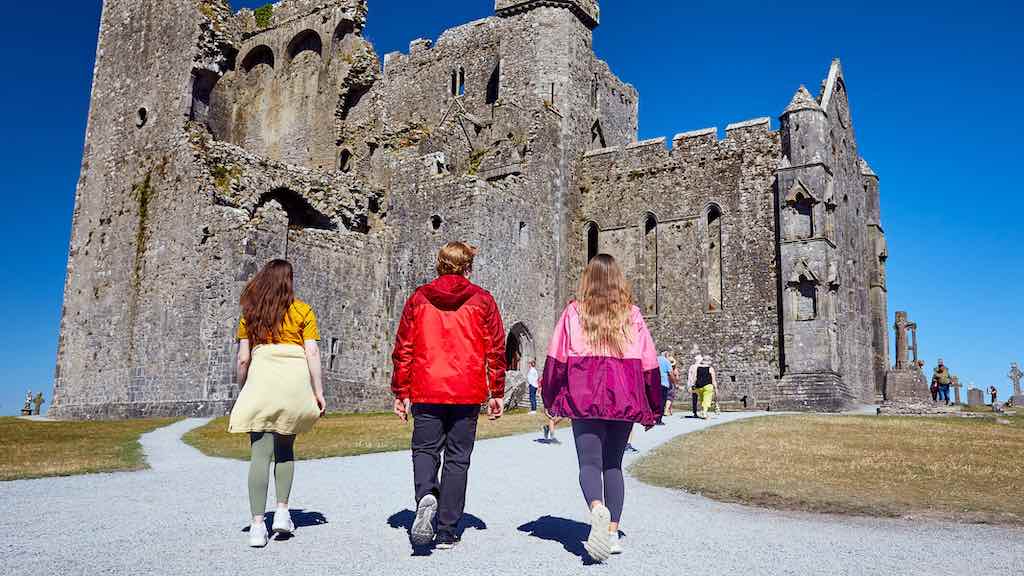
Venture to Tipperary, and the Rock of Cashel, one of Ireland's most famous historic sites. Said to have been dropped in the heart of the Golden Vale by the devil himself, the "rock" is actually an incredible collection of ancient fortifications, including a 13th century Gothic cathedral, round tower and 15th century castle at the summit. The rock bristles with tales of 17th century massacres and 20th century lightning strikes, but it is undoubtedly most famous for being the place where St Patrick converted the King of Munster to Christianity – accidentally stabbing him in the foot with a crozier in the process.
If you have more time, check out Cashel's Heritage Centre to see if you have any local ancestors, or head to the Brú Ború centre to catch a traditional show.
87 km

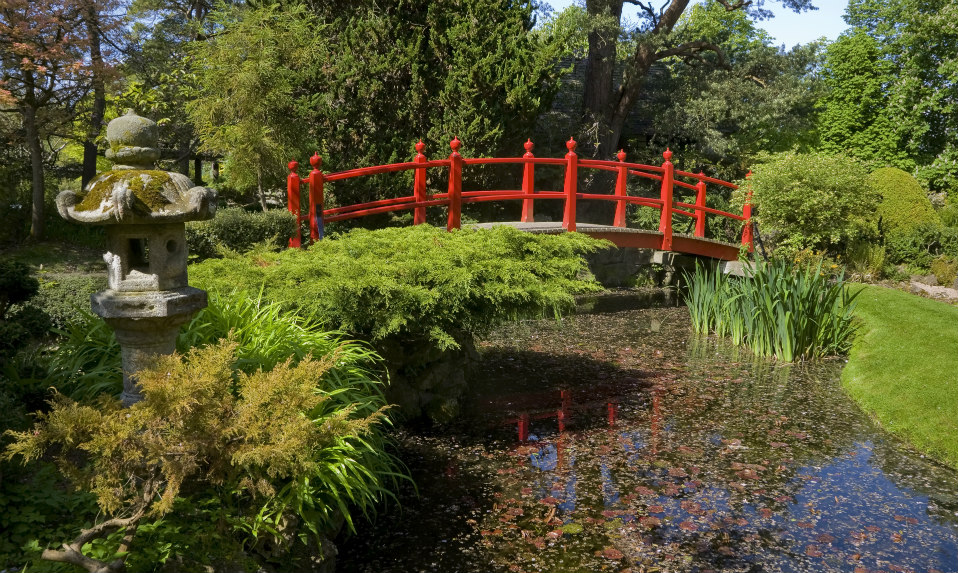
Day 3
Tales of stallions and stars, ancient battlefields and a sprawling mansion that has seen destruction and rebirth in its time, your time-travelling continues.
Explore Day 3A powerful pedigree
The National Stud, County Kildare

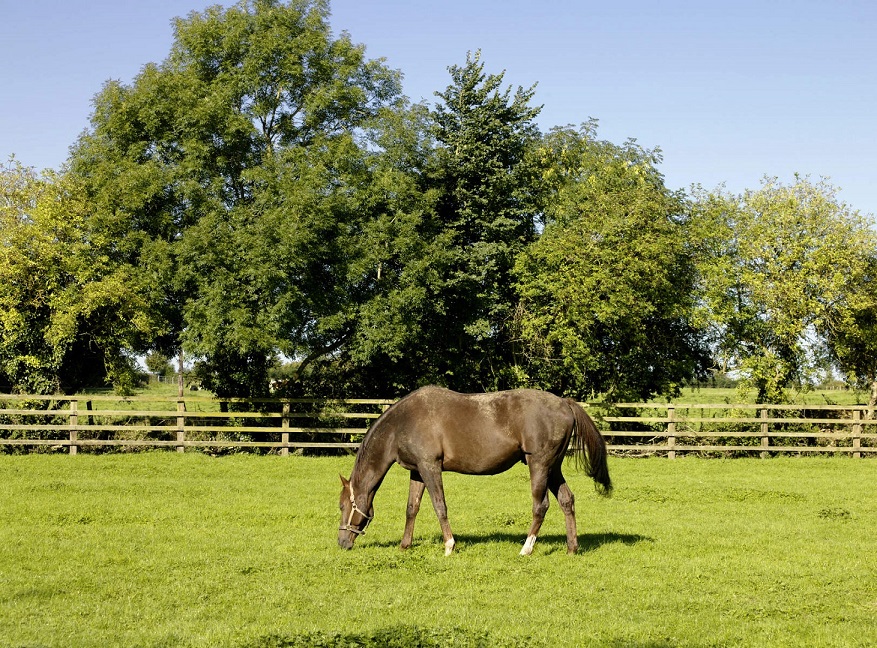
Long renowned as Ireland's premier stud farm, the National Stud boasts a legacy that spans the globe. Come in springtime and watch as the foals leap and play in the fields, or visit year-round to enjoy the tranquillity of the stud, and the incredible century-old Japanese gardens next door, with falling cherry blossoms and blooming water lilies gliding across mirror-like ponds.
In Newbridge, go glam at the Museum of Style Icons, where some of the world's most iconic dresses worn by Old Hollywood icons are on display. And it's free.
52 km
A visit from the devil
Castletown House, County Kildare

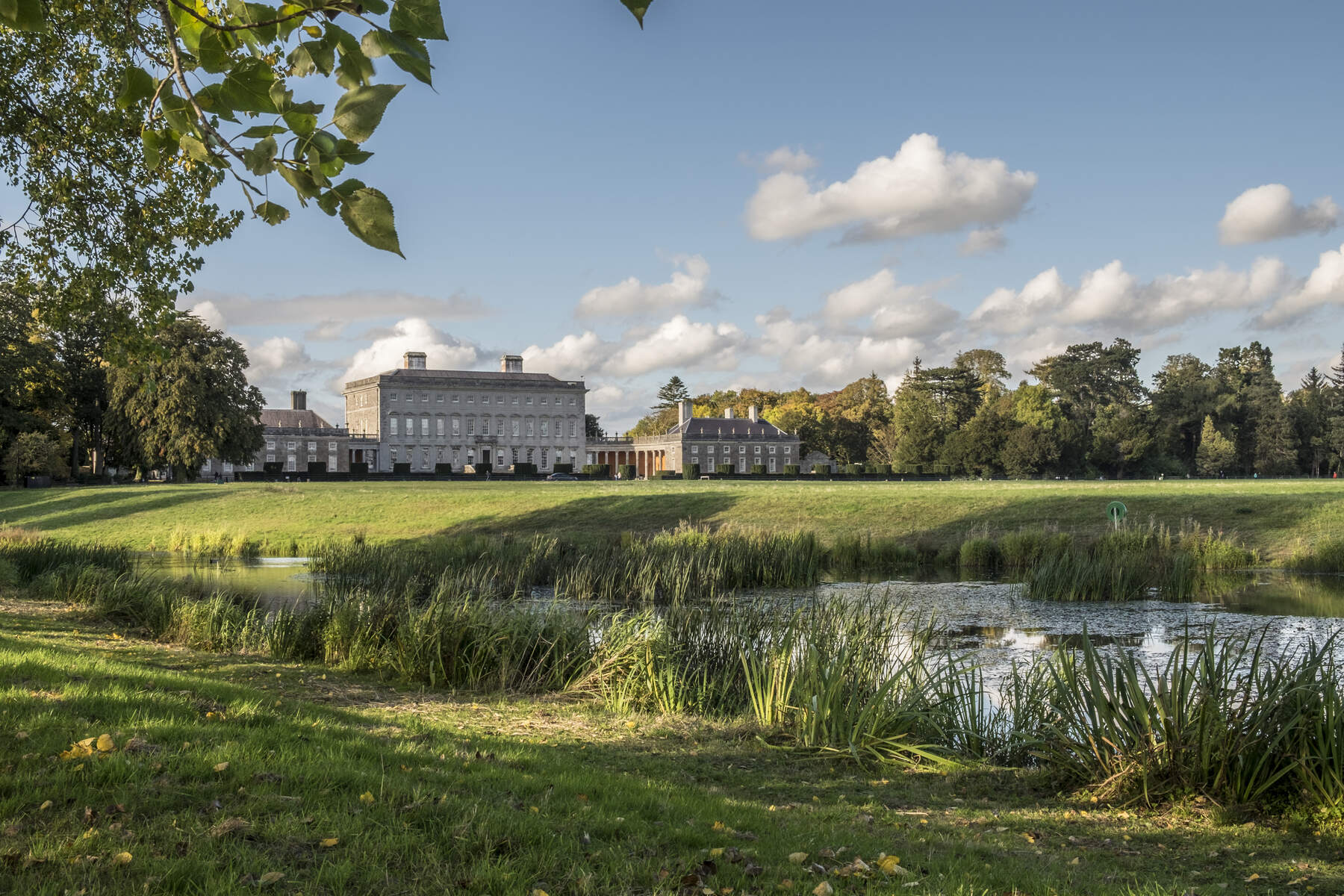
One of the most extraordinary houses in Ireland, Castletown House is approached down a beautiful tree-lined avenue. Sitting just outside the pretty little town of Celbridge in County Kildare, Castletown has seen destruction and rebirth, visits from the rich and famous, the presidential and the political, and even the devil himself has dropped in for a look...
36 km
Ancient battlegrounds
Trim Castle, County Meath

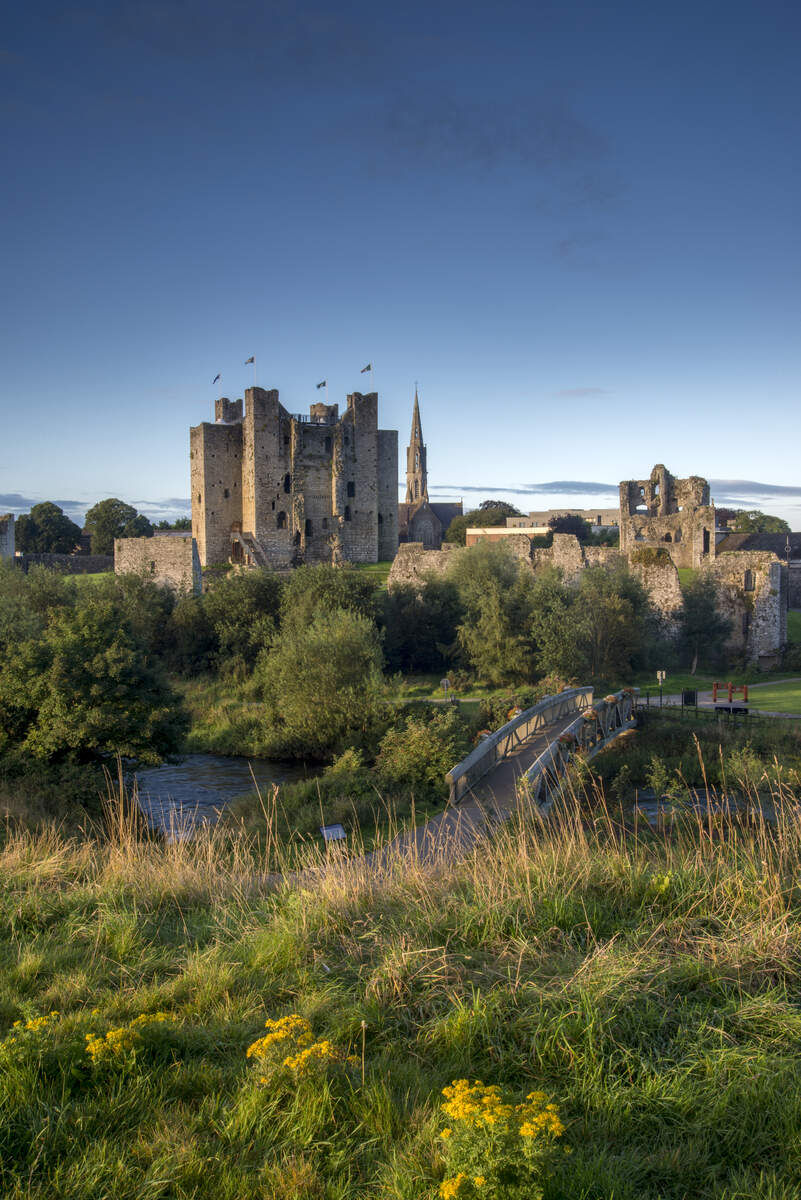
Ireland's oldest Norman castle sits in the picturesque town of Trim in County Meath, on the banks of the river Boyne. It is here, at Trim Castle, that ancient battles were fought and won, political treaties were argued back and forth and, more recently, the film Braveheart found its filming location. The central monolith dominates the landscape – walk around the castle, explore its nooks and crannies, or glide by boat along the nearby River Boyne to take in this statuesque Norman beauty.
Before you head back to Dublin, stop off at Preston's Restaurant in Bellinter House, for traditional Irish dining at its very best. It's the perfect place to end your trip in style.





